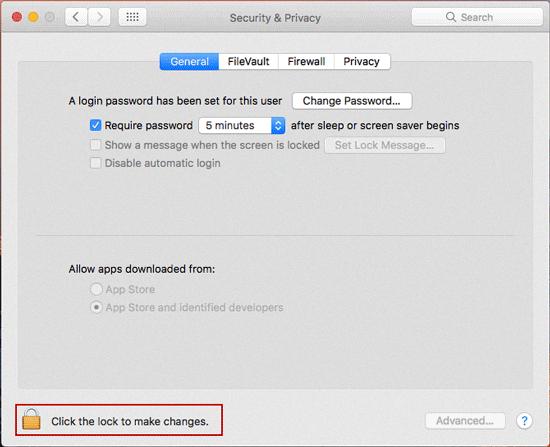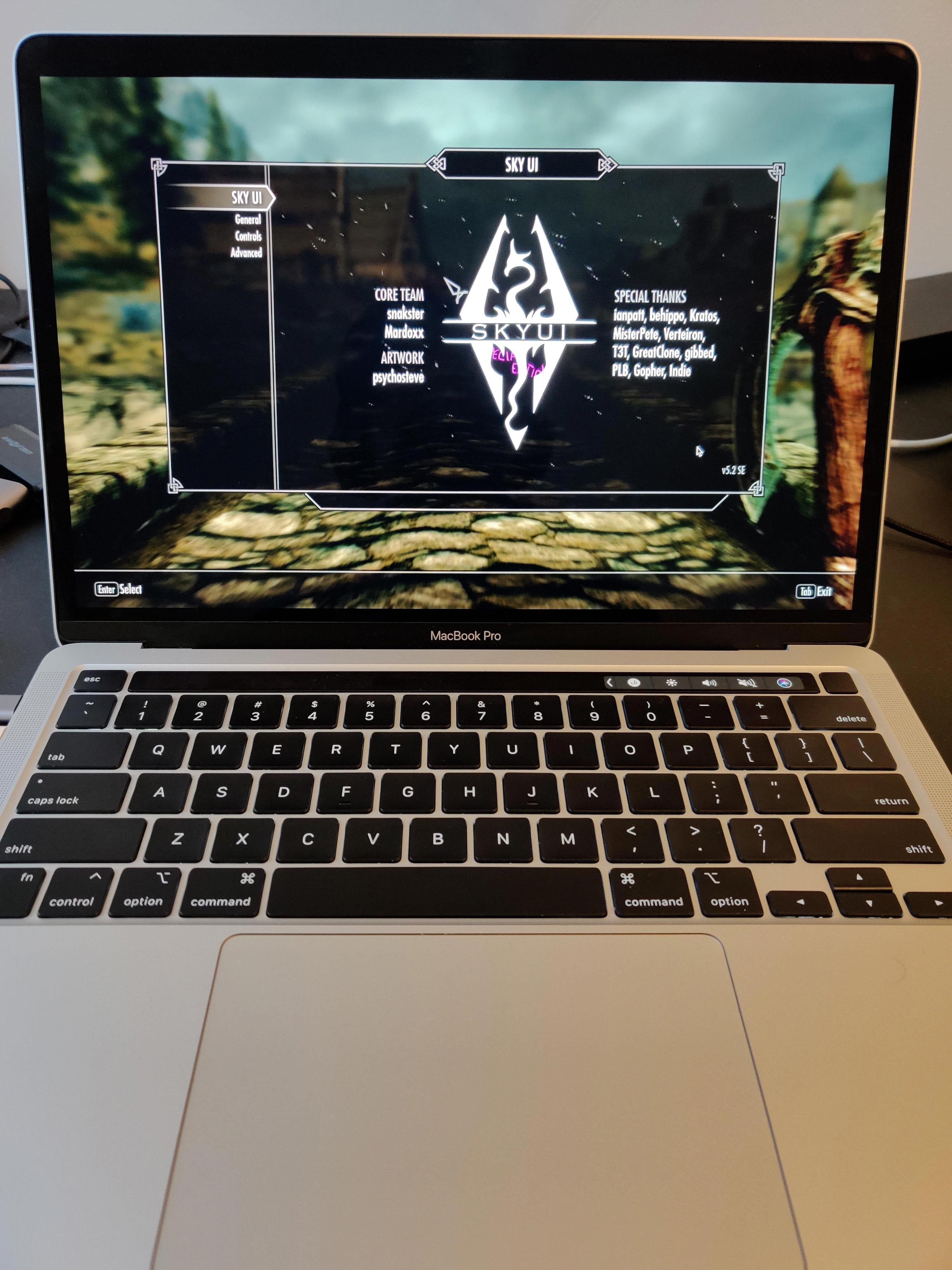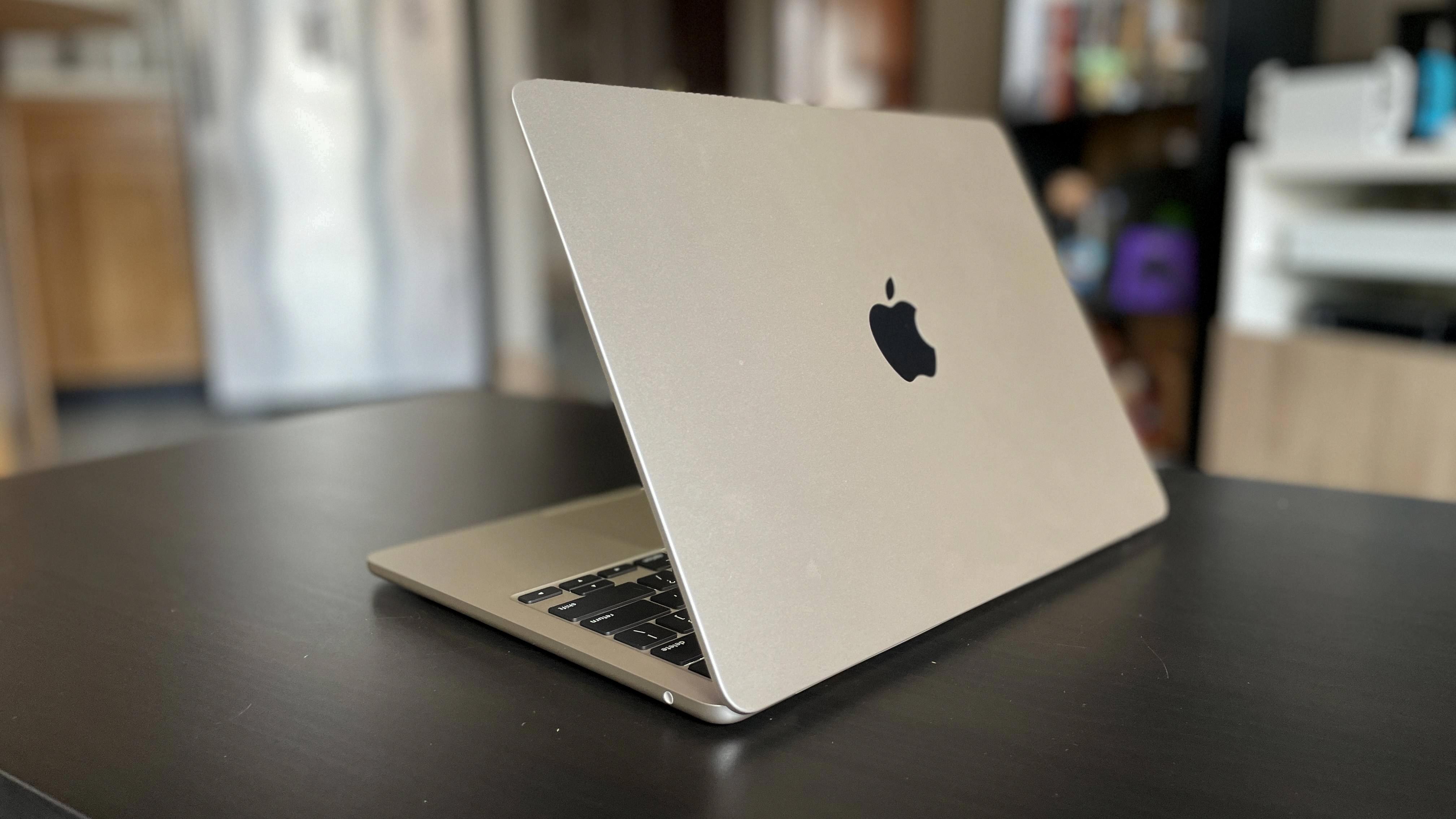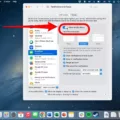When it comes to security, Mac offers several features that allow you to protect your personal data and ensure that unauthorized access is prevented. One of these features is the password requirement after the screen saver begins or the display is turned off. This adds an extra layer of security, as it ensures that only authorized users can access your Mac after a period of inactivity. However, there may be instances where you want to disable this password requirement. In this article, we will guide you on how to disable the password after sleep on your Mac.
To begin with, you will need to access the System Preferences on your Mac. You can do this by clicking on the Apple menu located at the top-left corner of your screen, and then selecting “System Preferences” from the drop-down menu.
Once you are in the System Preferences, you will see a variety of options to customize your Mac settings. Look for the “Security and Privacy” icon, which is represented by a padlock. Click on this icon to access the security settings.
Within the Security and Privacy settings, you will find several tabs at the top. Click on the “General” tab, which should be the first one displayed. Here, you will see an option that says “Require password after sleep or screen saver begins.” By default, this option is enabled, which means that your Mac will prompt you for a password each time it wakes from sleep or when the screen saver is active.
To disable the password requirement, simply uncheck the box next to the aforementioned option. Once you do this, your Mac will no longer ask for a password after waking from sleep or when the screen saver is active. This can be useful if you are the sole user of your Mac and want to streamline the login process.
However, it is important to note that disabling the password requirement after sleep can compromise the security of your Mac. If you are in a shared environment or have sensitive information stored on your Mac, it is strongly recommended to keep the password requirement enabled. This will ensure that your data remains secure and protected from unauthorized access.
In addition to disabling the password requirement after sleep, you can also adjust the automatic login settings on your Mac. This feature allows you to bypass the login screen altogether and directly access your desktop upon startup. To modify the automatic login settings, follow these steps:
1. Return to the System Preferences menu and click on the “Users & Groups” icon, which is represented by two people.
2. Click on the lock icon located at the bottom-left corner of the window and enter your account password when prompted. This will allow you to make changes to the settings.
3. Once the lock is unlocked, click on the “Login Options” button located at the bottom-left corner of the window.
4. In the “Automatic login” section, select the account that you want to enable automatic login for. If you want to disable automatic login, select “Off” from the dropdown menu.
5. Close the Users & Groups window, and the changes will take effect immediately.
It is worth mentioning that automatic login should only be enabled if you are the sole user of your Mac or if you are in a secure environment. Enabling automatic login in a shared environment can compromise the security of your personal data.
The password requirement after sleep on Mac provides an additional layer of security to protect your personal data. However, there may be situations where you want to disable this feature for convenience. By following the steps outlined in this article, you can easily disable the password requirement after sleep and adjust the automatic login settings on your Mac. Remember to consider the security implications before making any changes and ensure that your personal data remains protected.
How to Turn Off Password On Mac After Sleep?
To disable the password requirement on your Mac after it goes to sleep, you can follow these steps:
1. Click on the Apple menu in the top-left corner of your screen.
2. From the drop-down menu, select “System Preferences.”
3. In the System Preferences window, click on the “Security & Privacy” icon.
4. In the Security & Privacy settings, click on the “General” tab.
5. Look for the section labeled “Require password” and click on the “Advanced…” button next to it.
6. A new window will appear with additional options for password requirements.
7. Uncheck the box that says “Require password [time] after sleep or screen saver begins.”
– You can choose the desired time interval from the drop-down menu next to the checkbox. Selecting “immediately” will disable the password requirement completely.
8. Once you have made your changes, close the window.
9. The password requirement for your Mac after sleep should now be turned off.
Please note that disabling the password requirement after sleep or screen saver begins may reduce the security of your Mac. It is generally recommended to keep this feature enabled to protect your personal information.

How to Stop Your Mac From Requiring a Password to Login?
To stop your Mac from requiring a password to login, follow these steps:
1. Click on the Apple menu () located in the top-left corner of the screen.
2. From the drop-down menu, select “System Preferences.”
3. In the System Preferences window, click on “Users & Groups.”
4. At the bottom left corner of the Users & Groups window, you will see a lock icon. Click on it and enter your account password when prompted.
5. Once the lock is unlocked, click on “Login Options” located in the left sidebar.
6. In the Login Options section, you will find an “Automatic login” menu. Click on it.
7. From the drop-down menu, select the account for which you want to disable the password requirement.
8. After selecting the desired account, close the System Preferences window.
How to Stop Your Mac From Logging Out After Time?
To adjust the automatic log out settings on your Mac and prevent it from logging out after a specific period of inactivity, follow these steps:
1. Begin by opening the “System Preferences” on your Mac. You can find this option in the Apple menu at the top left corner of your screen.
2. In the “System Preferences” window, locate and click on the “Security & Privacy” icon.
3. Within the “Security & Privacy” settings, you will see several tabs at the top. Click on the “Advanced” tab, which is usually found at the bottom of the window.
4. In the “Advanced” tab, you will find various options related to security settings. Look for the option that says “Log out after (n) minutes of inactivity” and check the box next to it.
5. Once you check the box, you can specify the desired time period before your Mac automatically logs out due to inactivity. Use the slider or input field to set the desired number of minutes. You can choose any value that suits your preferences.
6. After setting the desired time period, close the “Security & Privacy” window, and your changes will be saved automatically.
By adjusting these settings, your Mac will no longer log out after a specific duration of inactivity, allowing you to continue using your computer without interruptions.
It’s important to note that changing these settings may affect the security of your Mac, especially if you enable longer periods of inactivity. Consider your specific needs and security concerns when adjusting these settings.
Why Does Your Mac Log You Out When It Sleeps?
There are several reasons why your Mac may log you out when it sleeps:
1. “Log out automatically after inactivity” feature: This feature, if enabled, will automatically log out users after a specified period of inactivity. It is designed to enhance security and protect your data in case your Mac gets into the wrong hands. To check if this feature is enabled, go to System Preferences > Security & Privacy > General, and see if the option “Log out after [x] minutes of inactivity” is selected.
2. Power settings: Your Mac’s power settings may be configured to log you out when it goes to sleep. To adjust these settings, go to System Preferences > Energy Saver, and check the options under “Battery” and “Power Adapter” tabs. Make sure the “Put hard disks to sleep when possible” and “Enable Power Nap” options are not selected.
3. System-wide errors: Sometimes, system-wide errors or glitches can cause your Mac to close apps and log you out when it sleeps. These errors can be related to software conflicts, outdated system files, or corrupted preferences. Running regular software updates and troubleshooting your Mac’s software can help resolve these issues.
To troubleshoot this problem, you can try the following steps:
– Reset the SMC (System Management Controller): Shut down your Mac, then press and hold the Shift + Control + Option keys along with the power button for 10 seconds. Release the keys, then turn on your Mac again.
– Reset the NVRAM (Non-Volatile Random-Access Memory): Shut down your Mac, then turn it on and immediately press and hold the Command + Option + P + R keys until you hear the startup sound for the second time.
– Run disk utility: Open Finder, go to Applications > Utilities > Disk Utility. Select your startup disk and click on “First Aid” to repair any disk permission or file system issues.
– Check for software conflicts: Uninstall any recently installed apps or software that may be causing conflicts with your Mac’s sleep behavior.
If the issue persists, it may be helpful to contact Apple Support or visit an Apple Store for further assistance.
Conclusion
Mac offers a range of customizable settings to ensure privacy and security when it comes to locking the screen and requiring a password. By accessing the Lock Screen settings in System Preferences, users can set a specific time for the screen saver to begin or the display to turn off before a password is required. This adds an extra layer of protection to prevent unauthorized access to the Mac.
Furthermore, the Automatic Login feature in Users & Groups allows users to choose an account that will automatically log in when the Mac is turned on or restarted. However, it is essential to consider the security implications of this feature, as it may pose a risk if the Mac is shared or stolen.
Additionally, users can adjust the Automatic Log Out settings in the Security and Privacy preferences. Enabling the “Log out after (n) minutes of inactivity” feature ensures that the Mac automatically logs out users after a specified period of inactivity. This is particularly useful for maintaining security when the Mac is left unattended.
It is worth noting that some system-wide errors or specific settings may cause Mac to close apps while sleeping. In such cases, it is recommended to check the “Log out automatically after inactivity” feature and adjust the time settings accordingly.
Mac provides users with a comprehensive set of options to enhance security and privacy. By taking advantage of these settings, users can ensure that their Mac remains secure even when idle or unattended.








